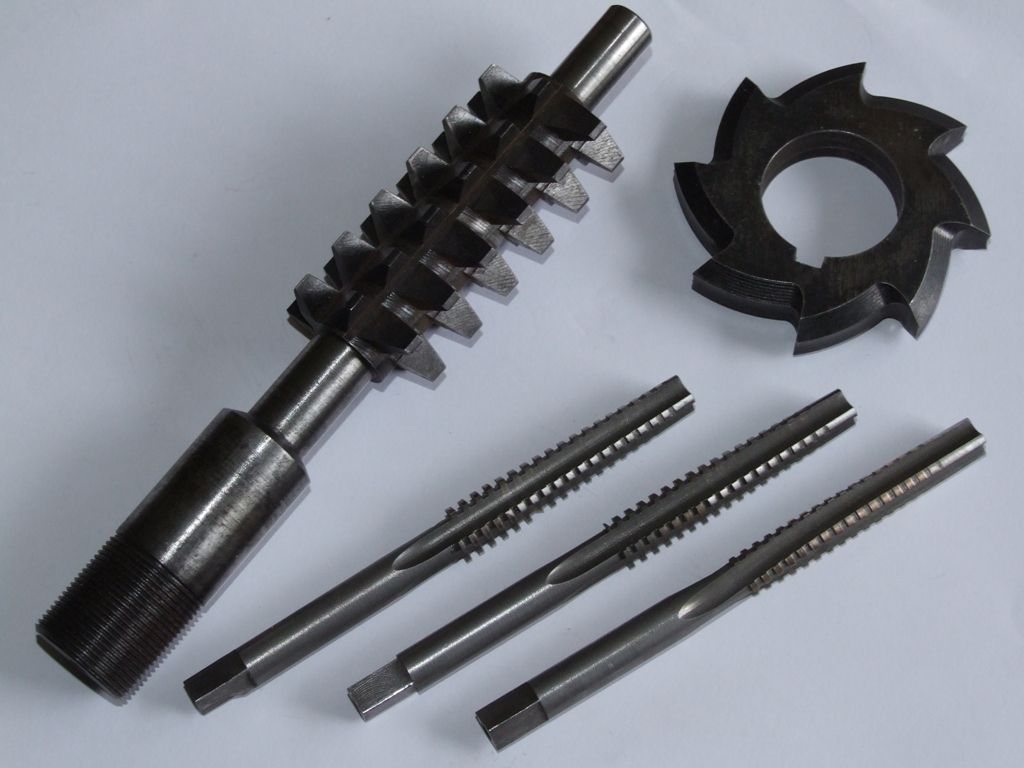"Best bet is to get a HSS split die, I would never buy carbon steel taps & dies unless it was for a once only use, I have known the teeth to fall of on the first use on St.steel."
"Sorry these circular dies which are not split are rubbish,(cheap foreign imports) their only possible use is for cleaning up a burred or damaged thread, dustbins the best place for them."
I am sorry gentlemen, I mean nothing personal, but what a load of cobblers. I have just paid a few pence more than £32 for two Carbon Steel dies, do you think I was robbed?
Of course I wasn't. I am sorry, but a blanket statement such as "all Carbon Taps and Dies are worthless" is just so wrong. On so many levels. I regularly thread Titanium and tap Stainless steel and I will ONLY use Carbon Steel. For a couple of reasons. I need to cut more than a couple of threads each time and I need the products I make to actually work. My failure rate threading Titanium with HSS is too high and although it wears the Carbon Dies quite quickly, I don't get any failures.
If any of you have tapped Stainless you will know how bloody minded it can be. High quality carbon steel taps are the way forward. They might cost (in the sizes I use) me £27 a set but they cut through like butter.
Next up – solid dies. Do you think industry has all the time in the world to mess on adjusting dies for each and every thread they cut? Of course they don't. Solid dies are commonplace as the CNC machines need them.
The massive advantage though is I get to buy up all these "useless" tools at a cheaper rate than usual at the engineering shows – because the majority pass them by as "useless". I have just bought a good handful of these "useless" dies that came out of a major aircraft manufacturing plant, bit of a result that was.
For the record, I buy my Carbon Steel threading kit from Tap and Die. They supply Boeing, Airbus, General Electric etc. with these "useless" bits of kit. If you are buying "cheap" taps and dies, half rice half curry powder, you will most certainly get what you pay for.
graham.
edit: spilling
Edited By Oompa Lumpa on 14/03/2015 21:11:01
pgk pgk.





